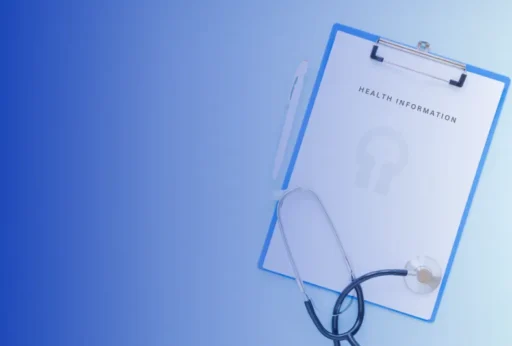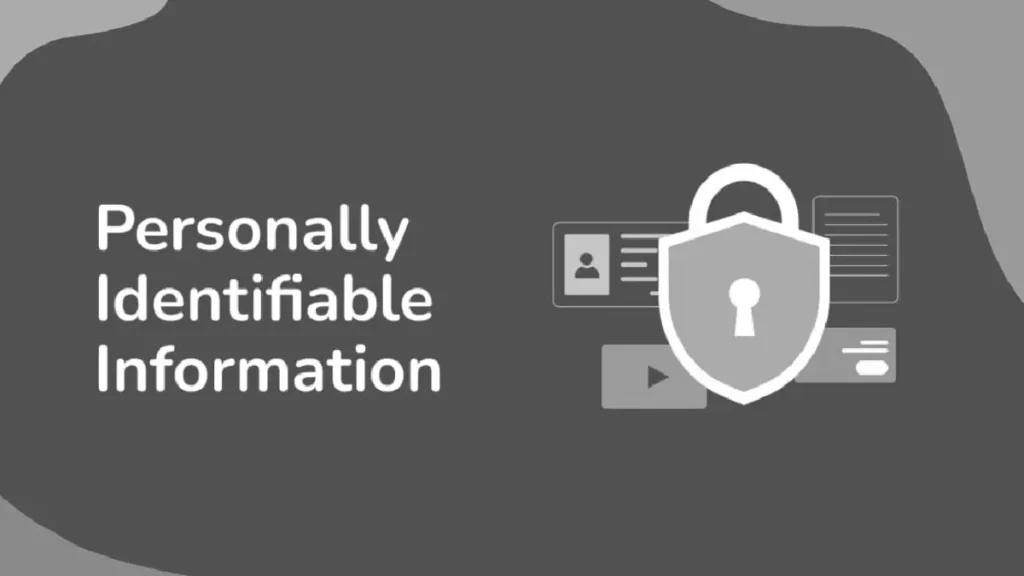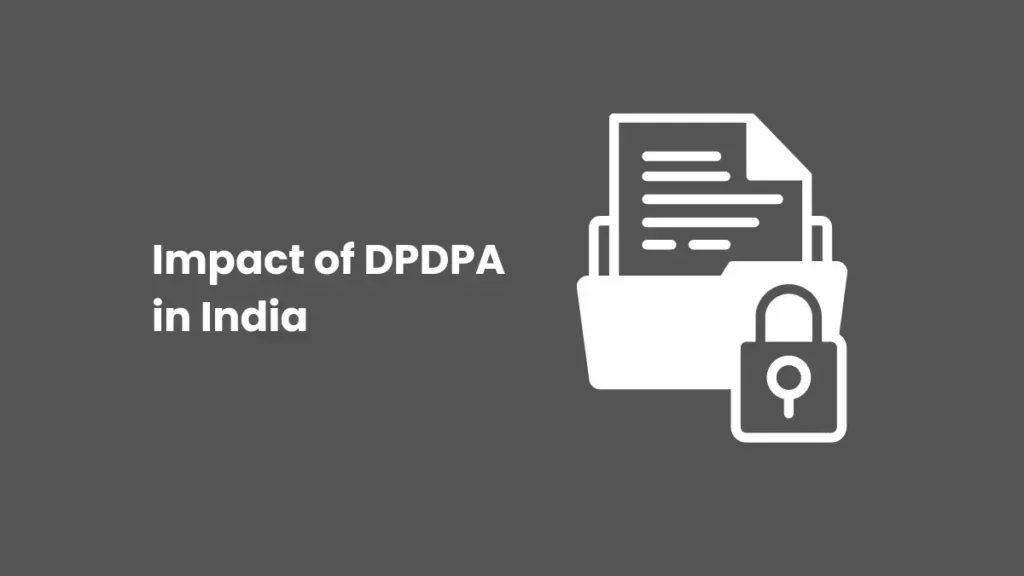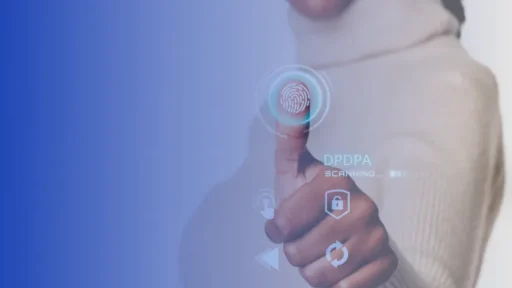The concept of Protected Health Information (PHI) has gained significant importance in the modern digital era, due to the frequent digital storage, sharing, and access of medical care data. All individuals engaged in the medical care industry, including providers, patients, and third party services, must completely understand the meaning, importance, and proper management of protected health information (PHI). The objective of this blog post is to explain Protected Health Information (PHI), understand its importance, its examples, and safety measures.
Understanding Protected Health Information
The term ‘Protected Health Information’ covers any data contained in a medical record or other health related information that can identify an individual. Moreover, it covers medical care services generated, used, or revealed, including treatment or diagnosis. Furthermore, Protected Health Information (PHI) goes beyond mere medical records to include billing information, conversations between nurses and physicians about treatment, and any additional patient health data in the hands of a medical care provider.
HIPAA uses the term “Protected Health Information” to distinguish the category of patient data that is subject to legal monitoring. To remain legal, eHealth applications that collect, store, or share PHI have to stick to HIPAA compliance rules.
What is HIPAA?
A federal law, the Health Insurance Portability and Accountability Act of 1996 (HIPAA), ordered the development of national standards specifically to prevent the security breach of sensitive patient health information. The US Department of Health and Human Services (HHS) issued the HIPAA Privacy Rule to implement HIPAA requirements. The Privacy Rule governs a set of information that the HIPAA Security Rule specifically protects as a subset.
The HIPAA Privacy Rule addresses PHI security and privacy. There are three primary objectives, namely:
- To save and improve customer rights through the provision of access to health information and regulation of its wrong usage.
- To enhance the quality of medical care in the United States by restoring confidence in the healthcare system among customers, healthcare professionals, and a variety of organizations and individuals dedicated to care; and
- To optimize the effectiveness and efficiency of health care delivery.
Why is PHI Important?
PHI is important for reasons other than its function in patient care. Medical professionals depend on exact and available PHI. It’s important for diagnoses, treatment plans, and patient care. Consequently, accurate PHI helps medical care providers communicate effectively. This ensures high quality patient care.
In addition, PHI is important for policy development, public health, and medical research. Health information is important for researchers to investigate diseases, create treatments, and enhance medical care results. Furthermore, Public health officials implement bulk health data for trend monitoring, crisis control, and medical care promotion. PHI serves as a pillar of an operational healthcare system, advancements in effectiveness, and innovation of care.
PHI protection is important for a variety of factors. Furthermore, the primary purpose of this measure is to protect the privacy and secrecy of patients, which is the foundation of the relationship of trust between medical care providers and patients. In addition, compliance with legal and ethical standards established by laws such as the Health Insurance Portability and Accountability Act (HIPAA) in the United States is made simpler by the protection of PHI. Violations of PHI protection may result in financial losses, legal consequences, and harm the reputation of medical care providers.
Examples of PHI
The Department of Health and Human Services (HHS) Office for Civil Rights (OCR) has given 18 specific categories of information that are considered protected health information (PHI) under HIPAA rules. These identifiers are protected because they can be used to recognize a person’s health related details directly. The categories include:
- A person’s full name.
- Residential details (like street addresses, city, county, or ZIP code).
- Dates closely linked to an individual, excluding years, such as birthdays, admission or discharge dates, death dates, or the precise age for those above 89.
- Telephone numbers.
- Fax numbers.
- Email addresses.
- Social Security numbers.
- Numbers assigned to medical records.
- Numbers assigned to a health plan’s beneficiaries can also be considered PHI
- Account numbers.
- Certificate or license numbers.
- Identifiers related to vehicles, such as serial numbers or license plate numbers.
- Identifiers or serial numbers for devices.
- Web addresses (URLs).
- IP addresses.
- Biometric identifiers, including fingerprints or voice prints.
- Photographs showing the full face.
- Any other unique identifying numbers, characteristics, or codes that can be linked to an individual’s health information.
These identifiers are considered PHI because they can be used alone or with other information to identify an individual’s health status, provision of health care, or payment for health care services.
Safeguarding PHI: Best Practices
The digitization of health information has, nevertheless, introduced substantial hazards. Unauthorized access, cyberattacks, and data breaches present regular dangers to the confidentiality, availability, and integrity of protected health information (PHI). In addition to financial implications, these breaches may also result in invasion of privacy, identity theft, and a loss of confidence in the healthcare system.
It is critical to implement strong security measures to end these dangers. Medical care providers and companies that handle protected health information (PHI) must stick to rules such as the Health Insurance Portability and Accountability Act (HIPAA), which establishes nationwide benchmarks for protecting PHI. The standards cover a variety of physical, administrative, and technical safeguards, including access controls, secure electronic systems, and data encryption, in addition to employee training and education.
Healthcare providers and related companies have to stick to a set of best practices and regulatory requirements to protect PHI. However, several important strategies include:
- Education and Training: Guarantee that every employee receives complete training regarding the significance of protected health information (PHI) and is well informed about the legal obligations of its safeguarding.
- Access Controls: Strict controls should be implemented to guarantee that PHI is accessible solely to authorized individuals. This may involve the implementation of encryption, passwords, or other security measures.
- Physical Security Measures: To prevent unauthorized access, secure the physical locations where PHI is stored, whether in file cabinets or on servers.
- Systematic Audits: Implement routine audits to ascertain compliance with protected health information (PHI) policies and detect possible weaknesses.
- Data Encryption: To prevent unauthorized access, encrypt PHI both in transit and at rest.
- Incident Response Plan: Establish a contingency strategy to address security incidents involving PHI, such as data breaches. This might include methods for fixing the problem, affected person notification, and damage reduction.
Bottom Line
In summary, safeguarding protected health information is of the utmost importance. It is the essence of the medical care system, supporting public health initiatives, medical research, and patient care. Securing its availability, accuracy, and confidentiality is therefore not only a regulatory obligation but also a moral duty. Furthermore, by learning and executing strong protective measures against the wide variety of risks that personally identifiable information (PHI) encounters. We can protect this crucial resource and guarantee the ongoing progress of medical care for all.
About Concur
In light of the importance of PHI protection, it’s important to partner with experts who specialize in managing and protecting digital data within the medical care sector. Concur, with its deep understanding of the Digital Personal Data Protection Act (DPDPA) and expertise in data privacy and protection, stands as a beacon for those seeking to guide the complex world of digital data management in healthcare.
Concur’s services extend beyond mere compliance, embedding a culture of privacy and security within your organization.
Our approach includes a complete guide of solutions, starting with Digital Policy Management, DPAR/DSAR, and Data Privacy Management. Additionally, it contains Consent Management, Notice Management, Consent Operations, and DPO Compliance, ensuring a complete framework for managing privacy and security. Ensure that your organization is not only compliant with the latest rules but also equipped to handle the complexities of PHI with the utmost care.
A deep commitment to enhancing the protection measures for PHI shows our expertise. Reflecting the latest standards in data privacy and protection. Medical care providers and related companies, by partnering with Concur, ensure the handling of PHI with the highest levels of security and confidentiality. This approach maintains the medical care system’s ethics and fosters trust among all stakeholders.
Check Out:
FAQs on What is PHI
Protected Health Information refers to any health related information that can identify an individual, including medical records, billing information, and any health data in the possession of a medical care provider.
PHI is crucial for patient care, enabling medical care providers to diagnose, treat, and manage patients effectively. It’s also vital for medical research, policy development, and public health initiatives.
The federal law, the Health Insurance Portability and Accountability Act (HIPAA) of 1996, mandates the creation of national standards to protect sensitive patient health information from disclosure without the patient’s consent or knowledge.
Examples include full names, addresses, phone numbers, email addresses, Social Security numbers, medical record numbers, health plan beneficiary numbers, account numbers, and any unique identifying numbers or characteristics.
By implementing strong security measures like access controls, physical security, data encryption, employee training, and systematic audits to comply with HIPAA rules and protect PHI against wrong access and breaches.
Violations can result in financial losses, legal penalties, reputational damage for medical care providers, and significant privacy breaches for patients.
Concur specializes in managing and saving digital data in medical care and offers complete solutions for data privacy management, policy management, and compliance with rules like the Digital Personal Data Protection Act (DPDPA). Furthermore, they ensure that they handle PHI with the highest security standards.









